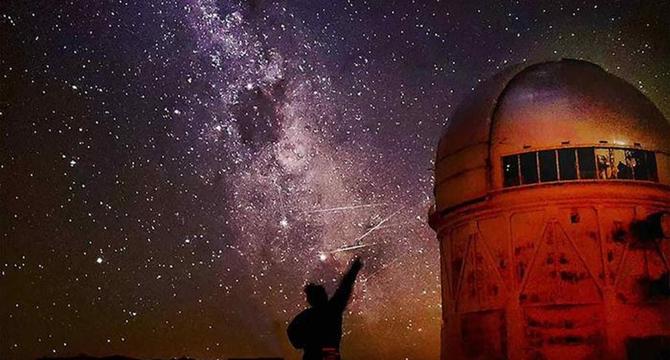Knowridge
3w
347

Image Credit: Knowridge
These special galaxies lit up the cosmic noon
- Star formation peaked during the Cosmic Noon, which spanned from 10 to 12 billion years ago, with rates 10 to 100 times greater than today.
- Research focusing on Lyman Alpha Emitters (LAEs) during this time revealed their key role as progenitors of galaxies like the Milky Way.
- LAEs, young galaxies, exhibit intense star formation and are vital in understanding galaxy evolution.
- New study titled 'ODIN: Star Formation Histories Reveal Formative Starbursts Experienced by Lyα-emitting Galaxies at Cosmic Noon' by Nicole Firestone details insights into LAEs.
- Machine learning techniques were used to analyze 74 LAEs' star formation histories, indicating primarily first major star formation bursts.
- 95% of LAEs are experiencing dominant star formation bursts, showcasing their status as young galaxies undergoing initial bursts of star formation.
- The study's findings provide insights into the origin of galaxies like the Milky Way, shedding light on the mysteries of creation and galaxy evolution.
- Astronomers are intrigued by the Milky Way's history and the discovery of LAEs as potential precursors further fuels interest in galaxy formation and evolution.
- The JWST's discoveries of early massive spiral galaxies challenge existing theories and enhance understanding of galaxy evolution.
- The research indicates that LAEs are indeed the early building blocks of galaxies like the Milky Way, marking a significant milestone in unraveling our galaxy's origin story.
Read Full Article
20 Likes
For uninterrupted reading, download the app